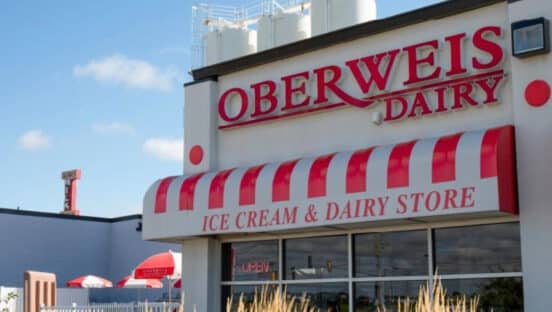There’s a growing trend among restaurants, especially smaller establishments, to buy local ingredients. This can provide some of the freshest meat and produce around, and customers like knowing their patronage supports nearby businesses. As beneficial as this practice can be, it can also come with some unique food safety concerns.
Since larger farms and suppliers serve more clients, they face greater scrutiny when it comes to factors like health and safety practices. Any mistakes or regulatory violations are more likely to catch the eye of the public. Local suppliers, with fewer customers and less name recognition, don’t face the same standards.
That’s not to say local farms are less safe, but there may be a higher risk of something going wrong. Given that risk, restaurants with local suppliers should take some steps to ensure food safety. Here are five tips to help with that.
Research Applicable Food Safety Regulations
Perhaps the most crucial consideration for restaurants buying local ingredients is to ensure regulatory compliance. The FDA’s Food Code updates every two years, so regulations may change over time. Consequently, restaurants should be sure they’re up to date on these rules so they can assess and enforce the most recent guidance.
Food safety regulations can vary from area to area, too. Restaurants need to research and understand what rules apply to them and their suppliers, which can differ. Having a more thorough knowledge of local regulations can help restaurateurs determine whether a supplier is a safe choice.
Farms should be able to provide certifications or other evidence of their compliance. When looking for suppliers, restaurants should ask for this proof to confirm their safety.
Ask for Proof of Best Practices
Government regulations provide a solid baseline for judging ingredient safety, but they may not cover everything. Several things that either improve or threaten sanitation may not fall into any legal guidance. Restaurants can account for this by looking for extra best practices in their potential suppliers.
For example, farmers shouldn’t irrigate crops for two to seven days before harvesting to prevent waterborne contaminants. Similarly, if a local farm raises animals and produce, it should keep them separate to avoid cross-contamination. Farms should also regularly test things like soil and water quality.
Restaurants should understand farming best practices to assess them in suppliers. It’s not enough to go by a partner’s word, either, so they should ask for proof. Visiting the farm in person to inspect the supplier’s practices is an excellent way to verify safety.
Thoroughly Inspect Shipment Quality
Restaurants can’t expect their suppliers to bear the full burden of ensuring food safety. Even with the most up-to-date and rigorous quality standards, mistakes can happen, and things can slip through the cracks. That’s why restaurants must inspect the quality of every shipment.
Whenever an order comes in, a manager or other well-trained employee should look through it. Not all points of concern are visible to the naked eye, but workers should spot any glaring problems. For example, oddly colored or dirty produce may indicate poor washing or spoilage.
If there has been a recent local health issue related to a specific ingredient, restaurants should pay closer attention. Otherwise, they should assess quality across all items, paying particular attention to foods that tend to have higher associated risks.
Take Care in Handling and Preparation
Restaurants can further ensure safety by handling and preparing their local ingredients with care. This step is a critical one, whether establishments are buying local or not. Errors in cooking, holding, equipment and worker hygiene are among the most common sources of foodborne illness.
All workers should maintain high hygiene standards, wash their hands frequently and thoroughly, and keep their work clothes clean. Requiring kitchen staff to wear gloves is another recommended precaution, as long as they change them between handling different foods. Wearing the same gloves throughout the entire cooking process can lead to cross-contamination.
Restaurants should also thoroughly clean all their ingredients, even if suppliers did so before shipping. Keeping kitchen equipment clean and storing foods at proper temperatures are other essential steps.
Require Tracking and Transparency
Restaurants should establish a transparent, easy-to-track supply chain. Local suppliers may not have as many resources as a larger company, but they should still provide traceability and transparency. These precautions will let restaurants track any health problems to their source, leading to appropriate actions.
Restaurants should be able to track each box of meat or produce through its entire lifecycle. Any point in production or shipping that isn’t clear is a factor they can’t account for when looking into an issue. Transparency enables restaurants and their suppliers to find exactly where any problems arose so they can act accordingly.
Restaurants Can Stay Safe While Buying Local
Buying local doesn’t have to mean sacrificing food safety. If restaurants follow these steps, they can enjoy the freshness and quality of homegrown ingredients without worrying about their health. Local suppliers can bring many benefits to any establishment as long as they take the proper precautions.












